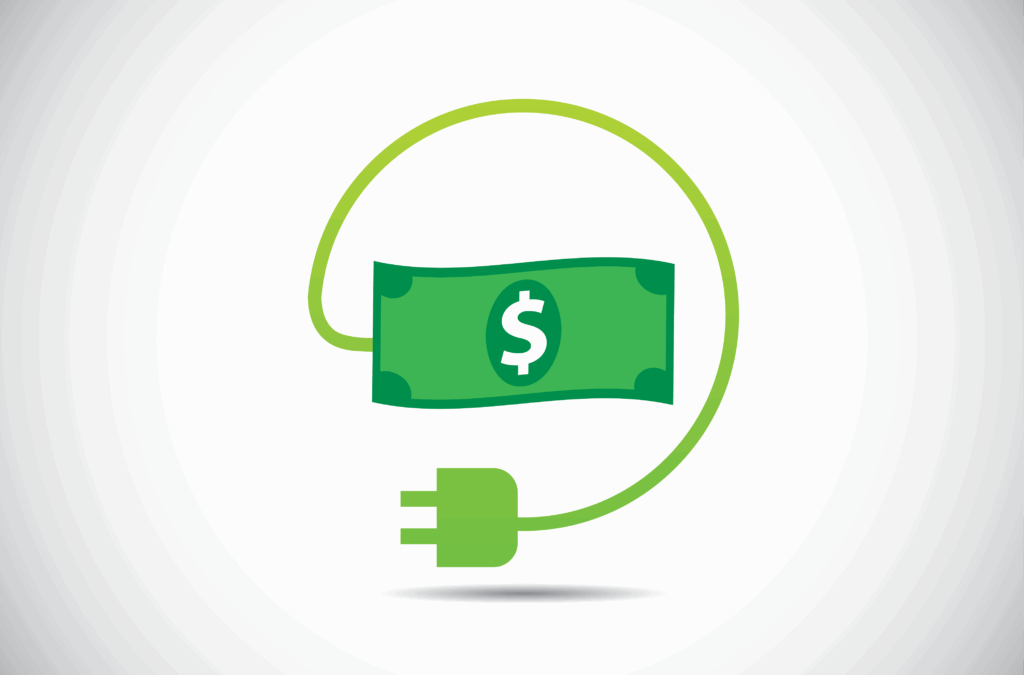

As nations across the world commit to widescale transition from gasoline-powered vehicles to electric vehicles, gas service stations for cars and trucks will gradually give way to public charging stations.
A recent report by consulting firm Oliver Wyman projects that two million commercial EVs—a mix of buses, overnight delivery trucks and Class 8 tractor trailers—will be on the road by 2030, representing an annual growth rate of 70% over the 10,000 commercial EVs presently in operation.
“By 2030, between 700,000 and 1.4 million high-powered, 50-kilowatt or greater direct current chargers will be required to service this new commercial fleet market,” the report states. “Much of this charging equipment will need to be installed at fleet depots and yards, but the remainder will be part of roadside charging networks.”
The challenge in building this infrastructure is the diverse charging needs of different types of commercial EVs and their charging preferences. Unlike delivery vans, buses and garbage trucks that can charge overnight when power consumption is low, heavy-duty semi-trucks depend on fast-charging capacity during peak daytime hours when consumption is high, the report says.
Electrifying a typical highway gas station for passenger electric vehicles will require as much power as that required of a professional sports stadium, researchers at National Grid Plc found. As commercial EVs proliferate by 2035, the power needs at a truck stop charging station will equal that of a small town. Obviously, the demand will challenge the ability of state power grids to accommodate charging, especially during peak hours.
In California, a state that plans to ban gasoline-powered cars and trucks by 2035, the California Air Resources Board estimates that the 5.4 million passenger electric vehicles and 193,000 medium- and heavy-duty EV trucks on the road in 2030 will consume 4% of the state’s electric load during peak hours, up from less than 1% today.
To ease charging demands and related costs, Oliver Wyman recommends the nation’s utilities partner with commercial EV charging service providers to leverage data and analytics tools to inform more cost-effective charging patterns, based on the optimal time of the day. Time is of the essence—for both electric cars and trucks. A recent study in the United Kingdom comparing fuel costs to electric charging costs in the country’s Ultra-Low Emission Zone found that a Tesla Model Y using superfast charging costs more than the diesel fuel powering a Ford Puma, making the Ford a “cheaper commute option per month.”
The Inflation Reduction Act also included a $7.5 billion investment to build out a reliable national electric vehicle charging infrastructure. Several EV makers, including Tesla, General Motors and Pilot, are tapping into federal dollars and private funds to expand their networks by thousands of public charging ports in the next two years, adding up to some 500,000 EV charging stations, up from 130,000 public chargers at present. “Charging stations will be up and as easy to find as gas stations are now,” President Biden said. “The great American road trip is going to be fully electrified.”




